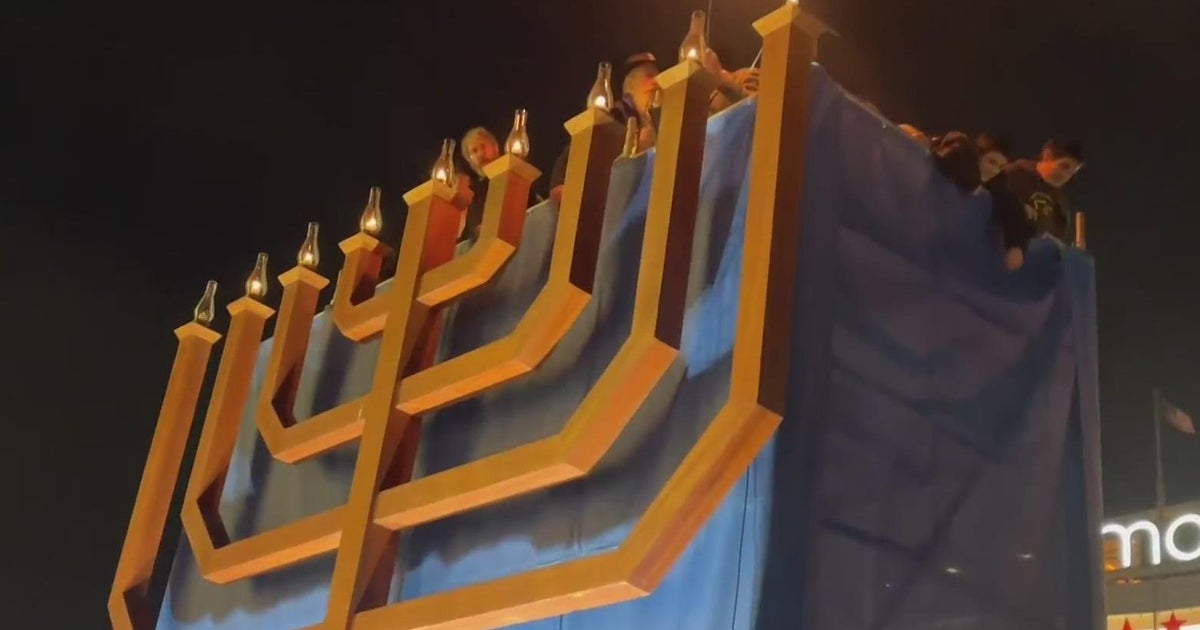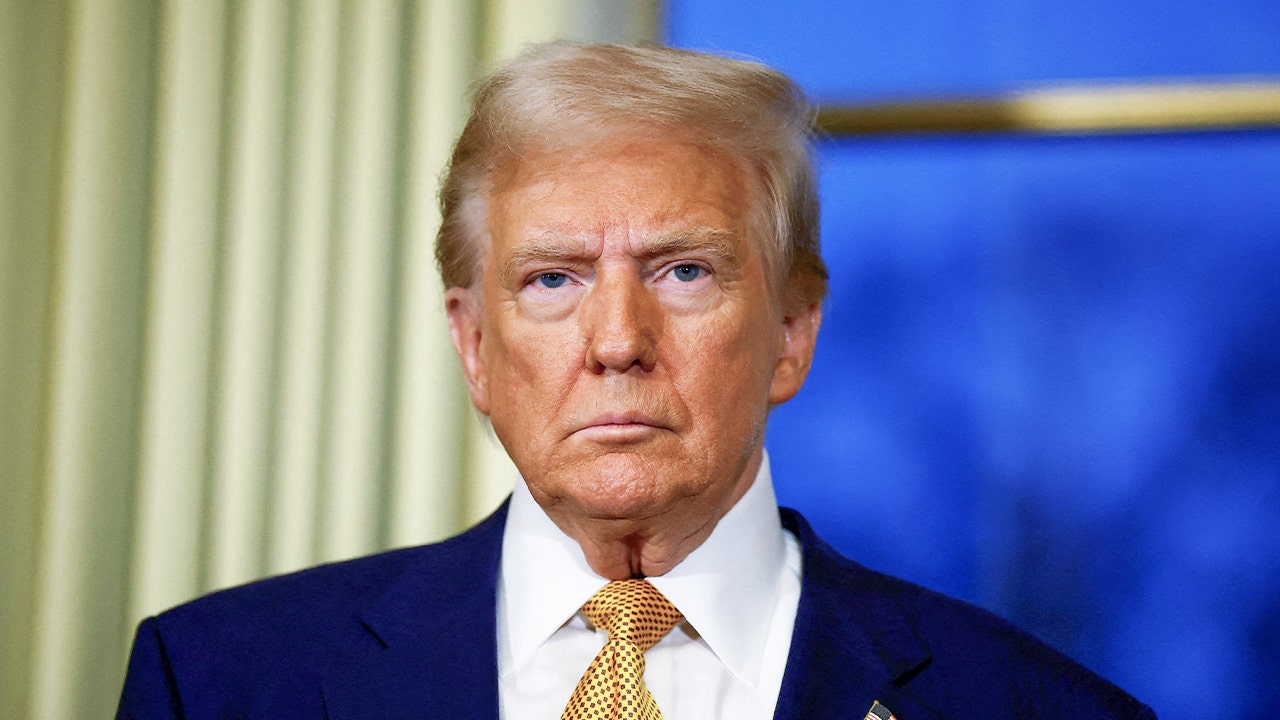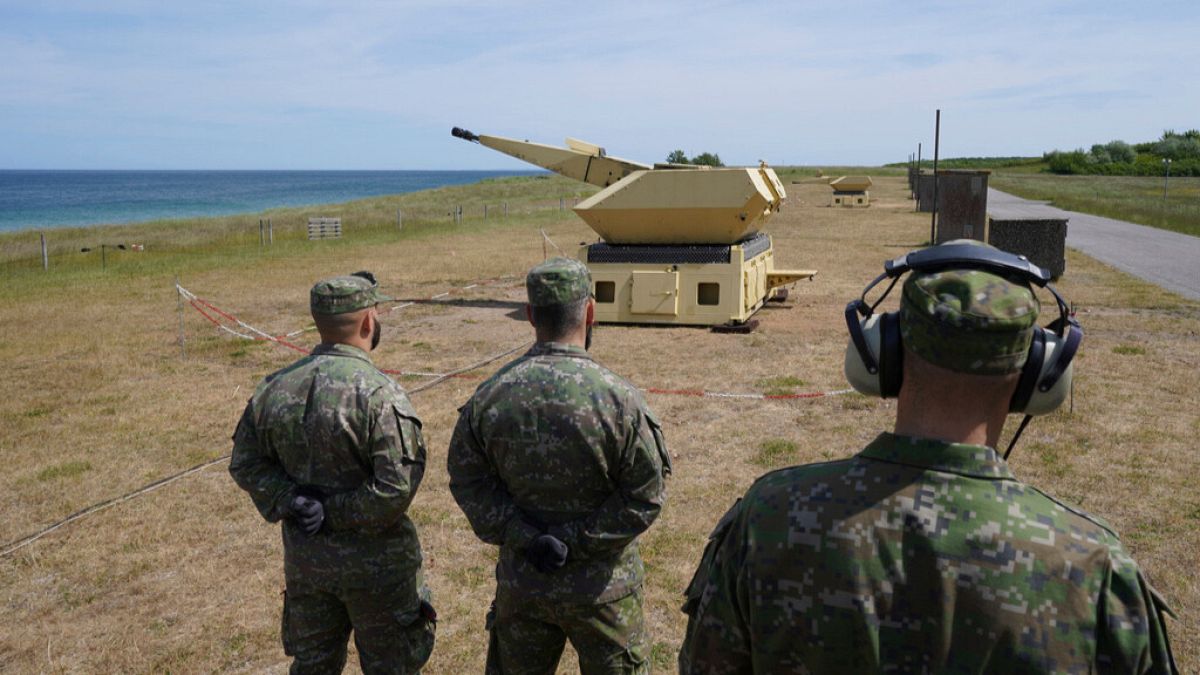San Francisco, CA
Proposed car-free green space in S.F. Tenderloin draws doubters
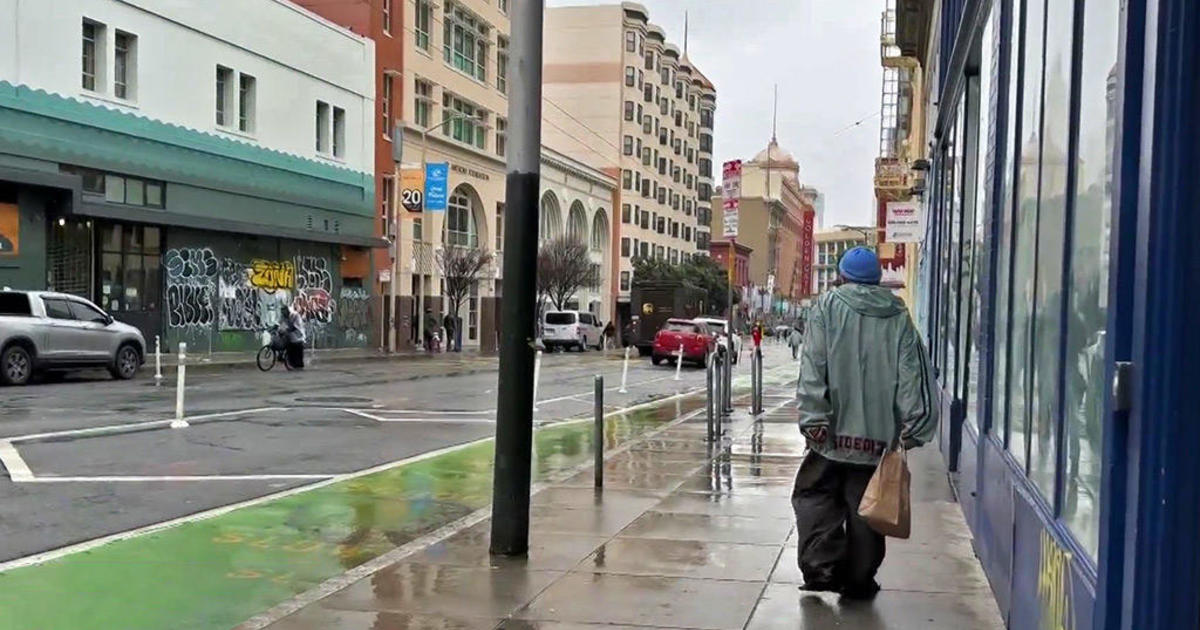
Watch CBS News
Be the first to know
Get browser notifications for breaking news, live events, and exclusive reporting.

San Francisco, CA
San Francisco Mayor-Elect Daniel Lurie Launches Political Career With Cable Cars, Chinatown Market and Prayer | KQED
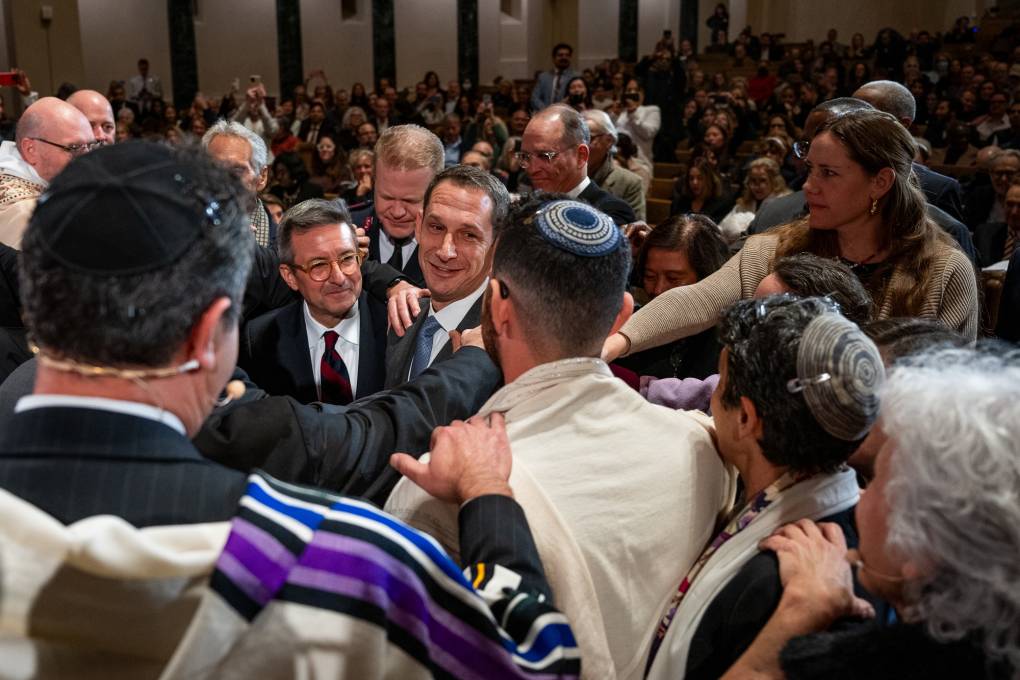
After breakfast, Lurie walked through the Tenderloin with San Francisco Police Chief Bill Scott.
“People in the Tenderloin are frustrated,” Lurie told KQED. “People in Bernal Heights are frustrated, so I’m going to commit myself every single day to be tireless in getting people the help that they need, whether it’s into a mental health bed or a drug treatment bed or into a shelter bed.”
It wasn’t Lurie’s first time walking through the Tenderloin, according to Kate Robinson, director of the Tenderloin Community Benefit District. She said he joined her team on multiple morning shifts to ensure kids got to school safely.
“Incoming Mayor Lurie was the very first to request to come back and then come back again,” Robinson said. “That set him apart just for me, personally, seeing the level of care and seeing how genuinely interested he was in talking to the residents, talking to our safety stewards.
“I’m optimistic.”
Scott said the new administration has a lot of ideas and energy, but San Francisco residents will expect the city to move forward.
“When all the ceremony and all that goes away, we still have a job to do, so it’s really important that we stay focused on getting that job done, and that’s where my focus is,” Scott said. “Of course, I’m gonna do the things that the mayor has asked for us to do and do that to the best of my ability.”
Darrell Luckett, who’s lived in the Tenderloin for 40 years, stopped Lurie and urged him to follow through on his promises to clean up encampments and drug use.
“He said he’s gonna do it. All we can do is kick back, and you see what he do,” Luckett said after shaking hands with the mayor.
“A lot of people always say they’re gonna do this stuff,” Deonte Dial added.
San Francisco, CA
San Francisco Mayor-elect Daniel Lurie holds interfaith ceremony before inauguration

San Francisco, CA
San Francisco reports lowest crime rate in more than 20 years

SF Mayor Breed touts lower crime rate in final full day in office
San Francisco Mayor London Breed touts a crime rate at a more than 20 year low as she prepares to leave office.
SAN FRANCISCO – San Francisco’s outgoing mayor is touting a drop in crime on her last full day in office. As the city prepares to transition from one mayor to another, crime is front and center.
The latest data shows crime is on the decline in San Francisco. The mayor and chief of police said property crime is down 31% from 2023, and violent crime is down 14%.
On her final full day in office, Mayor London Breed said it’s the result of hard work on several fronts. The mayor said a strong district attorney, new state and local laws and the adoption of new technology, have all contributed to the lowest crime rate since 2001.
“We have what we need to be a successful city and I feel strongly and proud that I laid the groundwork for what happened in 2024,” said Mayor Breed. “It’s only going to get better.”
The Electronic Frontier Foundation, a privacy watchdog in the digital and technological space, warned that “There is no magic “tipping point” the SFPD can hit in which more and more surveillance will suddenly be the primary reason for safer streets—the opposite is true. The more surveillance there is, the more vulnerable communities will feel the negative impacts of heavy-handed policing.”
San Francisco’s Police Chief Bill Scott said a focused approach to catching and convicting repeat offenders and adopting new technology played roles in reducing the crime rate. “Once we got that equipment in our arsenal of tools, drones and helicopters, they became even more effective,” said Chief Scott. “We’re seeing more arrests, we’re seeing more arrests on people that are prolific.”
The latest data comes as the city prepares for a new mayor to lead the city. Mayor-elect Daniel Lurie met with officers in Chinatown to listen to their concerns. He acknowledged the decrease in crime, but said there is still work to be done. “It’s incredibly hopeful,” said Lurie. “We have to continue to do our work. I’ve commended them on those crime stats going down, want to continue to see improvements there.”
Specifically, the mayor-elect said he wanted to see increased focus on the fentanyl epidemic and maintain the focus on public safety and said he will share more details on his plans on Wednesday.
-

 Business1 week ago
Business1 week agoThese are the top 7 issues facing the struggling restaurant industry in 2025
-

 Culture1 week ago
Culture1 week agoThe 25 worst losses in college football history, including Baylor’s 2024 entry at Colorado
-

 Sports1 week ago
Sports1 week agoThe top out-of-contract players available as free transfers: Kimmich, De Bruyne, Van Dijk…
-

 Politics6 days ago
Politics6 days agoNew Orleans attacker had 'remote detonator' for explosives in French Quarter, Biden says
-

 Politics5 days ago
Politics5 days agoCarter's judicial picks reshaped the federal bench across the country
-

 Politics4 days ago
Politics4 days agoWho Are the Recipients of the Presidential Medal of Freedom?
-

 Health3 days ago
Health3 days agoOzempic ‘microdosing’ is the new weight-loss trend: Should you try it?
-

 World1 week ago
World1 week agoIvory Coast says French troops to leave country after decades



